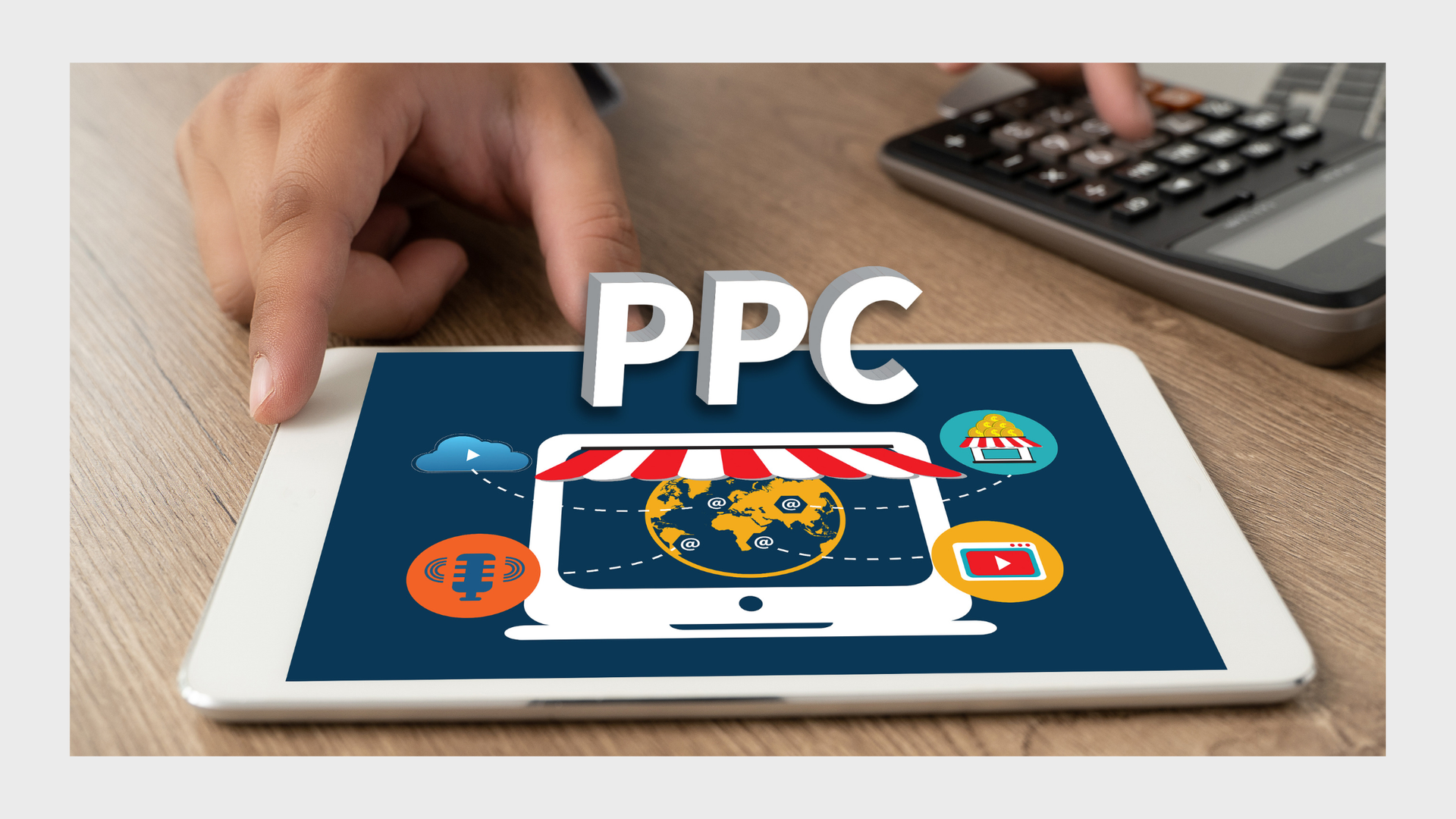Unlock Success: 7 Essential Tips for Small Business Website Design
Top 7 Tips For Successful Website Creation For a Small Business
In the dynamic landscape of today's digital marketplace, the significance of a well-crafted website for small businesses cannot be overstated. A compelling online presence serves as the gateway to connect with a target audience, build credibility, and propel growth.
Small business owners, however, face the challenge of navigating the intricacies of website creation. To empower them in this endeavour, let's delve deeper into the top 7 tips, each meticulously crafted to ensure the success of a Small Business Website Design.
1. Understanding Your Target Audience
The first and foremost step in building a successful small business website is understanding your target audience. Conduct extensive research to identify your potential customers' demographics, preferences, and behaviours. This knowledge becomes the bedrock upon which you can tailor your website's design, content, and functionality. By aligning your web design and online presence with the needs of your audience, you not only attract more visitors but also increase the likelihood of converting them into loyal customers.
2. Prioritising Mobile Responsiveness
As mobile devices become ubiquitous, ensuring that your website is mobile-friendly is no longer an option—it's a necessity. Google's search algorithms favour mobile-responsive websites, making optimisation for various screen sizes and devices critical. Collaborate with web designers who specialise in crafting seamless experiences across mobile phones and platforms. This investment not only improves search engine rankings but also caters to the growing demographic of users accessing websites on smartphones and tablets.
3. Optimising for Search Engines
Unlock the full potential of your small business website's ranking by implementing effective search engine optimisation (SEO) strategies. Begin with thorough keyword research to identify terms and phrases relevant to your business. Incorporate these keywords strategically into your website's content, meta tags, and alt tags. This not only enhances your website's visibility on search engine results pages but also attracts organic traffic. Stay abreast of SEO best practices to ensure your website remains competitive in the ever-evolving digital landscape.
4. Streamlining Navigation
A well-organised and intuitive navigation menu is the cornerstone of a positive user experience. Visitors should effortlessly find the information they seek, enhancing their satisfaction and encouraging prolonged interaction with your website. Clear navigation not only boosts user experience but also positively influences search engine rankings. Collaborate with web designers to create a navigation structure that guides users seamlessly through your website, contributing to a more engaging and rewarding online journey.
5. Focusing on Visual Appeal and Brand Identity
In the digital realm, first impressions are formed in milliseconds. Your small business website serves as the virtual storefront, making it imperative to invest in visual appeal and brand identity. Utilise high-quality images, employ legible fonts and maintain consistency in branding elements. This not only creates a positive and memorable user experience but also reinforces your brand identity. A visually appealing website is more likely to capture the attention of potential customers and leave a lasting impression, setting the stage for brand recognition and loyalty.
6. Including Contact Details and Calls to Action
Facilitate seamless communication between your business and website visitors by prominently displaying contact details. Make it easy for users to reach out, fostering trust and transparency. Additionally, strategically incorporate calls to action (CTAs) throughout your website to encourage users to take action. Whether encouraging users to fill out enquiry forms, make a purchase, or subscribe to newsletters, well-placed CTAs significantly enhance conversion rates. A user-friendly website that effectively guides visitors towards desired actions contributes to the overall success of your small business.
7. Providing Relevant and Informative Content
Engage and captivate your audience by consistently delivering valuable and relevant content. Regularly update your website with informative articles, detailed product or service descriptions, and other pertinent information. By addressing the needs and interests of your target audience, you not only position your business as an authority in your industry but also enhance your website's visibility in search results. Strive for a balance between promotional and informative content, aiming to create a resourceful hub that keeps visitors returning for more.

Create A Successful Small Business Website Today!
The creation of a successful small business website demands a strategic and holistic approach. By understanding your audience, embracing mobile responsiveness, optimising for search engines, streamlining navigation, prioritising visual appeal and brand identity, including contact details and calls to action, and providing relevant and informative content, small business owners can carve out a distinct and influential presence in the digital landscape.
These seven tips collectively form the blueprint for a top website design that not only attracts visitors but also converts them into loyal customers, driving sustained growth and success for your small business; get in touch with
Social Media Time to create a winning website for your business.










